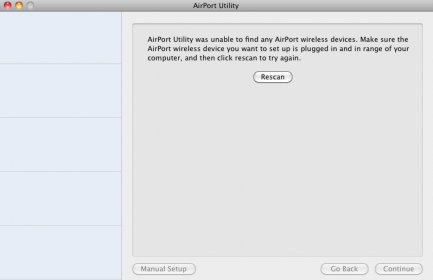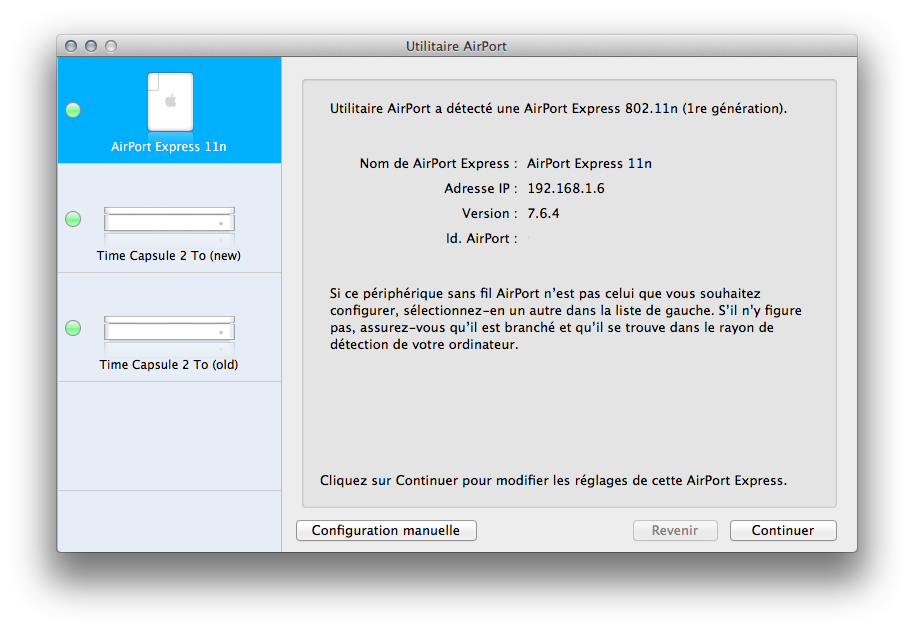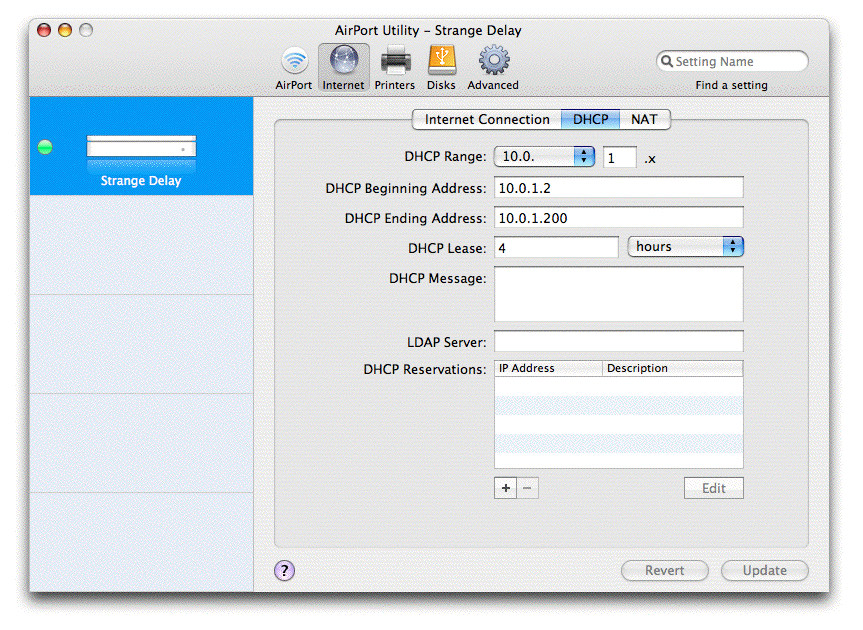
- #Airport utility 5.6 1 windows update
- #Airport utility 5.6 1 windows full
- #Airport utility 5.6 1 windows software
- #Airport utility 5.6 1 windows download
- #Airport utility 5.6 1 windows mac
#Airport utility 5.6 1 windows update
This setting is however removed when exporting from Airport Utility 6.3.7 and SNMP is most likely disabled again when you update your Airport via the 6.3.7 utility. It seems to be perfectly fine to use the Windows Airport Utility 5.6.1 to manage the Airport Express and I would think the same applies to other Airport devices where SNMP is required. I was able to determine that the SNMP community string is set via: syPR I then compared the exported Windows configuration file produced by Airport Utility 5.6.1 with the configuration file of OS X Airport Utility 6.3.7, but could not find the exact settings. This will produce SNMP data like the one below:Ī few minutes later, LibreNMS will also successfully auto-discover your Airport Express and capture bandwidth data and diagnostics:
#Airport utility 5.6 1 windows mac
Once the Airport Express restarts, you can verify on your Mac if SNMP is accessible: snmpwalk -v2c -c public YOUR-AIRPORT-EXPRESS-IP To get your SNMP configuration back, this is possible via a quick work-around:ġ) Download the Windows version of the Airport UtilityĢ) Start the Airport Utility and Click on “Manual Setup”ģ) Enable SNMP, adjust the Community String Since I recently installed LibreNMS, I wanted to also get the additional insight into my Airport Express WiFi. This guide should work on all Airport devices where SNMP functionality existed, but there might be firmware versions where SNMP processes have been completely removed – this is not the case on my 2nd generation Airport Express: This is problematic for people needing to change their SNMP settings or for others who want to enable SNMP, but are running the latest Airport Express firmware. I’ve put some other handy wireless setting information into Table 2 below.Apple in it’s infinite wisdom decided years back that no-one uses SNMP and then removed the SNMP configuration settings from their AirPort Utility. Other settings that apply to both radios include Country, Multicast rate, Transmit power, WPA group key timeout and SSID block ("Create a closed network"). After that, it should open without complaint. AirPort Utility is the simple to use, setup and management utility for the AirPort Express Base Station, the AirPort Extreme Base Station and Time Capsule.

Because the application is not code-signed, you will need to follow this procedure to run it the first time. But both radios have to be Auto or manually set. However, there is a way to get around this issue by importing the older library into AirPort Utility v5.6.1 before running it. Note too, that channel selection defaults to Auto, but you can set it manually. You’ll also need to change the 5 GHz radio SSID from its default equal to the 2.4 GHz radio’s if you want to control which band your clients use. However, the guest network (2.4 GHz band only) does have its own security setting. While you get two radios, note that they both share the same security settings.

I should note, however, that the new Express is not Wi-Fi Certified, which is unusual for Apple. But I guess lack of supporting 40 MHz mode in 2.4 GHz hasn’t held back AirPort Extremes from being as popular as they are. Given that 40 MHz mode coexistence is supposed to be standard for Wi-Fi Certified 802.11n devices, you’d think that Apple would back off locking out this mode. You also have the ability to put a single IP into DMZ.Īpple has kept the ability to share a USB printer, but opted to not include file sharing from or Time Machine backup to an attached USB drive. There are still no web filtering or inbound / outbound service controls, although you get static port forwarding for single ports or ranges with separate public and private port numbers.
#Airport utility 5.6 1 windows full
#Airport utility 5.6 1 windows software
For the latest information on AirPort software, check Software Update in System Preferences or the following Apple website: Apple Support Downloads. AirPort Utility 5.6.1 allows you to configure and manage the new AirPort Express with simultaneous dual band 802.11n.
#Airport utility 5.6 1 windows download



 0 kommentar(er)
0 kommentar(er)
